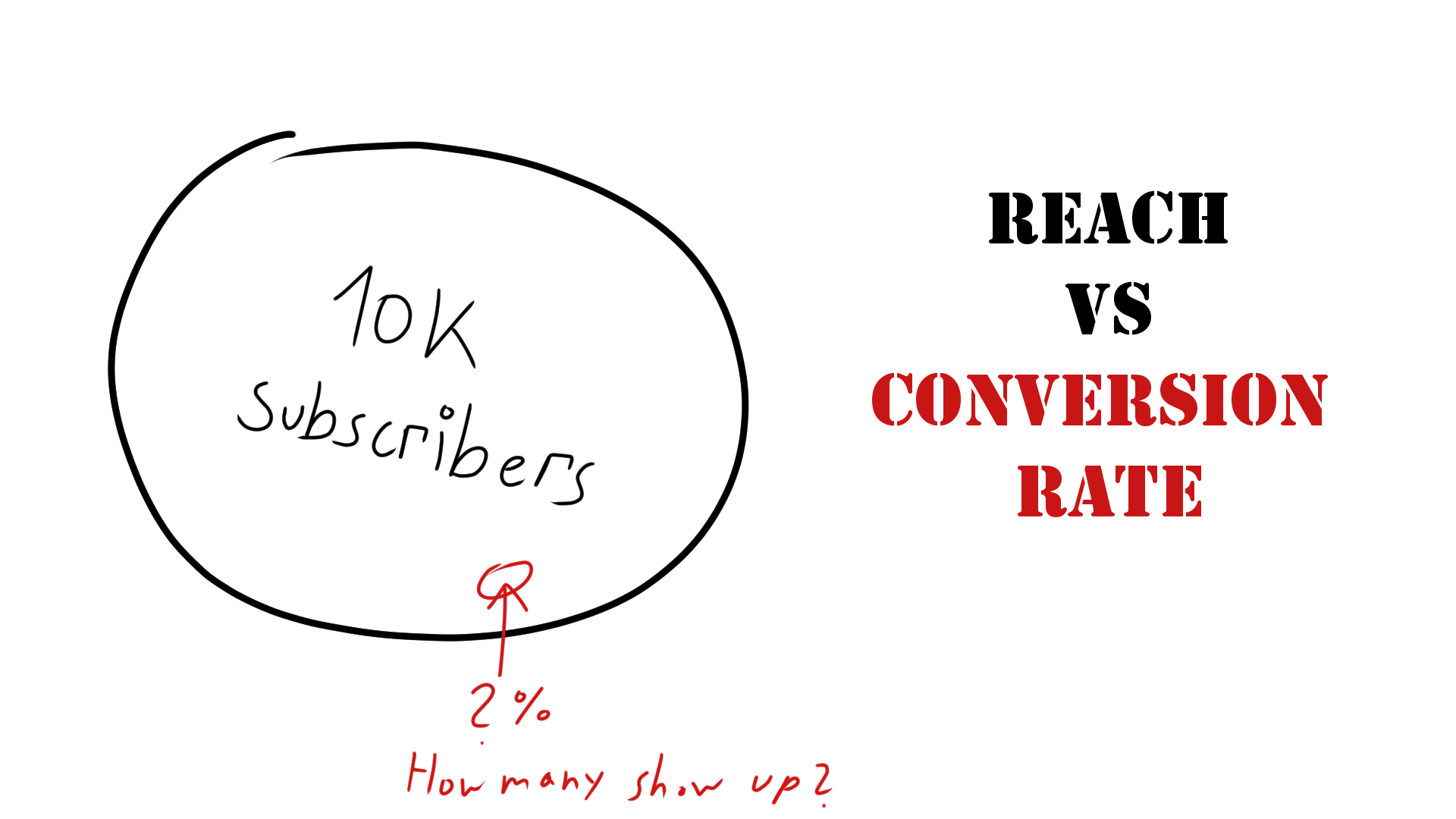Following up on our general marketing introduction, we will take a closer look at our goals, strategies, and tactics for online marketing. The starting point is to know the business you run. The set-up and income streams you have, define what makes the most sense to promote and how to measure if it works or Nah.
Work Fields and Reasonable Goals
Teachers want to have more people in their classes or the chance to price the classes higher. Another desirable point would be to teach workshops at events or studios.
Performers want their followers to join as many shows as possible or buy media that features them.
Competitors want to grow their name to receive as many invitations and potentially paid battle gigs (those are not common anymore).
All these different work fields ask for different things that we want to achieve.
The Teacher should focus on catering to an audience that is close enough to the place where he works and incentivizes them to show up in the classes. However, if the goal is to teach a lot in workshops abroad, it makes sense to focus on people that live further away as well.
The Performer usually has a broader geographic targeting as companies and crews travel internationally. But having your biggest audience in South America, when you perform in Europe does not make to much sense.
There is, again, no silver bullet. You already know a lot about your business and your Artist Identity. Use this knowledge to think about what makes sense to promote. Promote the activities that you excel at and that make you money.
What to aim for?
Measuring what we do is an essential thing in the whole process. Because from these insights, we can decide how to improve in our marketing process or when it makes sense to stop something.
Most people and companies start with a goal that focuses on followers or views, without recognizing that this approach only makes sense in very few scenarios.
Reach is the right metric if you want people to know your brand (that’s why it is the right metric for brand marketing). It makes sense when you want to land a sponsorship or when you are performing with different companies a lot (as they might consider your followership as potential viewers). It is also the one metric that everybody understands. That is the reason why it is so prominent, even if it makes no sense most of the time.
When you are a teacher, it is not enough that people know you. Reach alone, does nothing for you. You need people to take action and show up to your class. You measure this in the percentage of people that come from your social media channels to your classes. We call it the conversion rate. The conversion rate is a much better metric in cases when people need to do something to make you succeed.
There are many more metrics that we can look at, but in most cases, it boils down to one of the two above.
We’ll talk about how to either approximate (which is often enough) or precisely measure those two next week.
For today ask yourself: What is it that you need? High reach or a high conversion rate?

